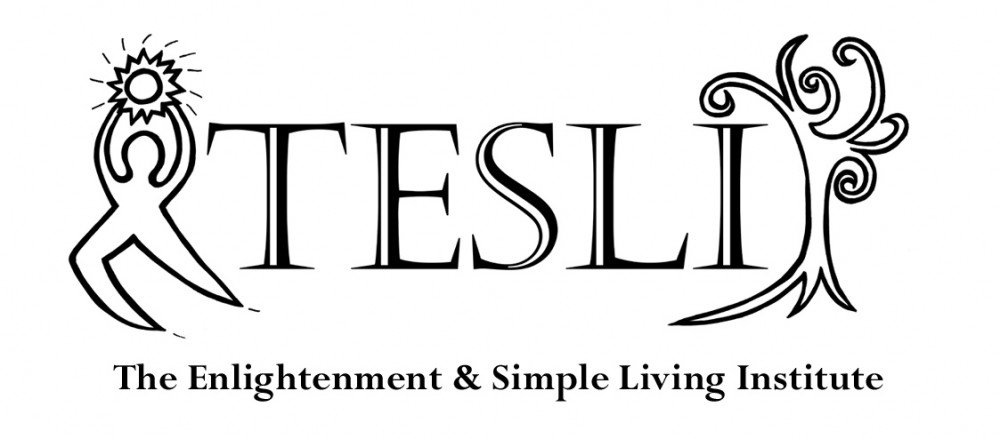I woke up yesterday considering a series of photos I saw on Facebook the day before. They were shots of the brain from “normal” people compared to people with diagnoses of ADHD, bipolar, depression and PTSD. Those pictures got me wondering about what my brain looked like – a mosaic of all four, perhaps.
How plastic, or malleable, is the brain? How often does a normal person have a scan that looks like bipolar or depression? The brains of people having their Bars run change dramatically. What else changes brains? And how are brain changes reflected in the body?
There is a tendency to think that the biochemistry of the brain is what creates the disease. This is old school thought, based on Newtonian physics. In that old model we treat mental illness with drugs. This is standard procedure in allopathic medicine, the treatment of symptoms in a complex disease without addressing the underlying cause.
What is the underlying cause? Well, we know that everything we see and experience is created by our minds (not brain). So all apparently physical illness is mental in origin. Sure we can address the issues with physical substances, since such material always works within the constructs of the mind, but causes are always a result of the movement of the mind.
I could easily qualify for at least two or three serious mental illnesses, yet I consider myself free of any major disease. I consider these “diseases” (addiction, dissociation, anxiety, post-traumatic stress, and depression) merely predictable manifestations of living a spirit driven path and having a goal of enlightenment. Indeed, I don’t know anyone that is free of what might be labeled dysfunctional habits or mental processes.
Still, I would not consider these manifestations permanent. Nor would I consider them caused solely by biology. Anything that has a beginning has an end. All created things change. This is true by definition. How plastic is the brain?

